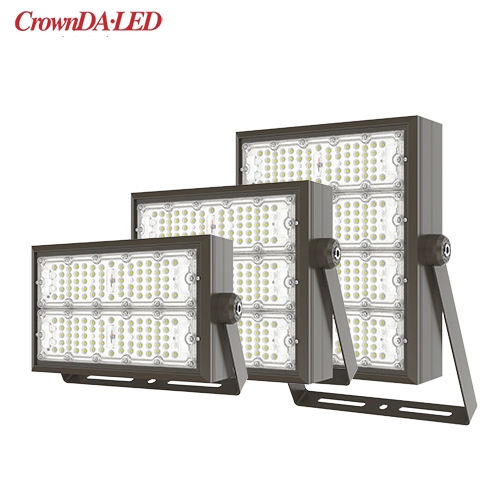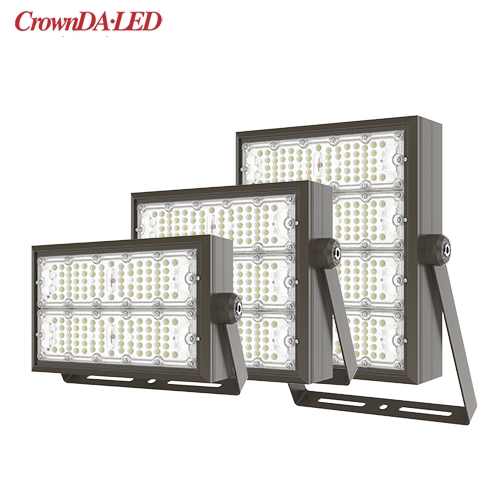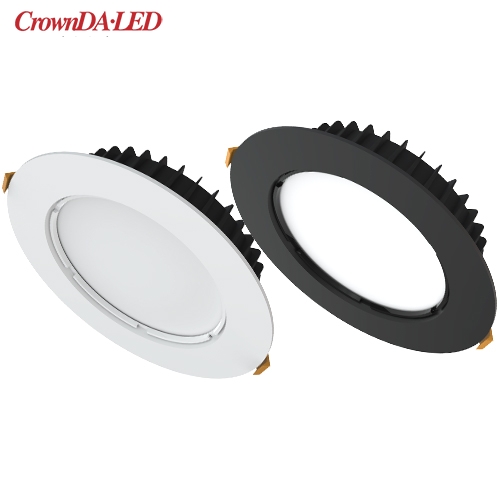What is LED?
Views : 531
Author : Shenzhen Crown Lighting
Update time : 2021-08-02 10:18:48
What is LED?
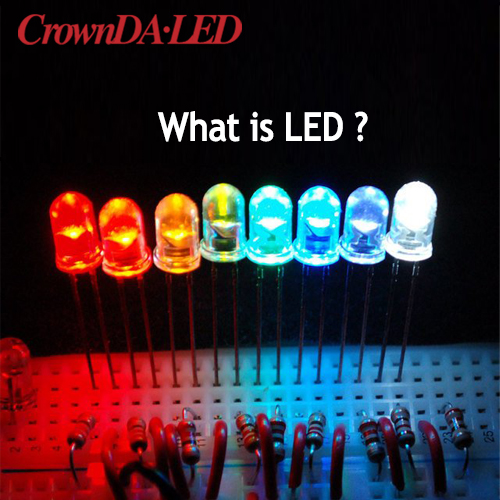 LED in English-light emitting diode literally translates to light emitting diode. The light-emitting diode is a semiconductor that can convert electrical energy into light energy. Its basic structure is to place a piece of electroluminescent semiconductor chip on a leaded rack, and its surroundings are sealed by epoxy resin. The core of the light-emitting diode is a wafer composed of a P-type semiconductor and an N-type semiconductor. There is a transition layer between the two semiconductors, called a "PN junction." In some PN junctions, when a small number of carriers are injected to recombine with the majority of carriers, the excess energy will be released in the form of light, thereby converting electrical energy into light energy. This is the light-emitting principle of LED. However, if a reverse voltage is input to the PN junction, the minority carriers will be difficult to inject, and light will not be emitted at this time. This kind of diode made by injection electroluminescence principle is called light-emitting diode, or LED.
LED in English-light emitting diode literally translates to light emitting diode. The light-emitting diode is a semiconductor that can convert electrical energy into light energy. Its basic structure is to place a piece of electroluminescent semiconductor chip on a leaded rack, and its surroundings are sealed by epoxy resin. The core of the light-emitting diode is a wafer composed of a P-type semiconductor and an N-type semiconductor. There is a transition layer between the two semiconductors, called a "PN junction." In some PN junctions, when a small number of carriers are injected to recombine with the majority of carriers, the excess energy will be released in the form of light, thereby converting electrical energy into light energy. This is the light-emitting principle of LED. However, if a reverse voltage is input to the PN junction, the minority carriers will be difficult to inject, and light will not be emitted at this time. This kind of diode made by injection electroluminescence principle is called light-emitting diode, or LED.
The LED lights we see usually have a variety of colors, and these colors depend on the material that forms the PN junction. When the LED is in a forward working state, that is, when a forward voltage is input at both ends of the semiconductor and the current flows from the anode to the cathode of the LED, the semiconductor crystal will emit light of different colors due to different materials. For example, magnesium arsenide diodes emit red light, magnesium phosphide diodes emit green light, silicon carbide diodes emit yellow light, and magnesium nitride diodes emit blue light... When the current is different, the intensity of light will also change.
Compared with other light sources, LED semiconductor light sources are called "green light sources" and have many advantages that are difficult to replace: high luminous efficiency, light efficiency up to 50 to 200 lumens/watt; low power consumption, the same lighting effect, LED The power consumption of the lamp is one-eighth of the incandescent lamp and one-half of the fluorescent lamp; the service life is long, and the average can be used for 100,000 hours; the brightness and color are easy to control, and the color dynamic change and digital control can be realized, and the brightness can be continuous. Adjustment; does not contain harmful substances such as mercury and sodium, and the waste can be recycled, which is more environmentally friendly. In addition, LED semiconductor light sources also have the characteristics of small size, high reliability, short response time, simple structure, etc., which are very suitable for urban landscape lighting.
However, the shortcomings of some LED lighting productss are also more obvious, that is, they may cause some damage to the eyes. From the spectrum point of view, the light emitted by LED lamps is completely different from the light emitted by traditional incandescent lamps and fluorescent lamps. The light emitted by incandescent lamps and fluorescent lamps has seven colors of "red, orange, yellow, green, blue, blue, and purple" like sunlight, but the light emitted by ordinary LED source lights has only three colors-red, green, and blue, with the shortest wavelength. "Blu-ray" is the most basic and important. However, the human eye cannot be exposed to blue light for too long. If it is exposed to blue light for too long, it will cause photochemical reaction damage to the retina, produce a large number of cytotoxic free radicals, thereby destroying the normal growth and work of retinal cells, and also make the retina The cells of the epithelial layer are damaged, and even macular lesions are produced.
In order to improve the brightness of lights LED, some unscrupulous businesses will use blue light to "excite" other colors of light, resulting in the problem of "excess blue light". However, LED light products that are generally listed on the market through national quality inspections will not have the hidden danger of "excessive blue light".
Related products
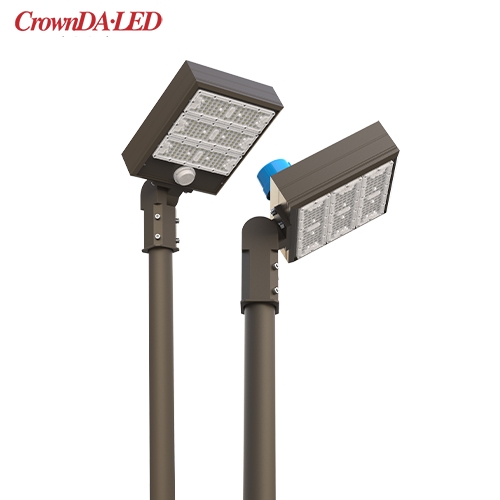
ARQ Series Shoebox LED lights, UL DLC listed, 100W-400W, 5-10 Years Warranty, 100-480VAC, 140-200lm/W
► UL/cUL/SAA/FCC/CE/Rohs Approval
► DLC 5.1 Premium
► Photocell, Daylight harvest, Microwave Sensor, 0-10V Dim Optional
► Multi-Voltage: 100-277V/100-347V/480Vac
► 100W-400W, 140-200 lm/W
► IP66, 5-10 years warranty
Subscribe
We will share with you our latest product info or LED industy info. Thanks.


